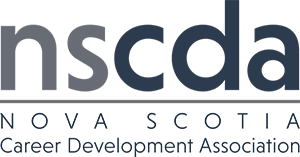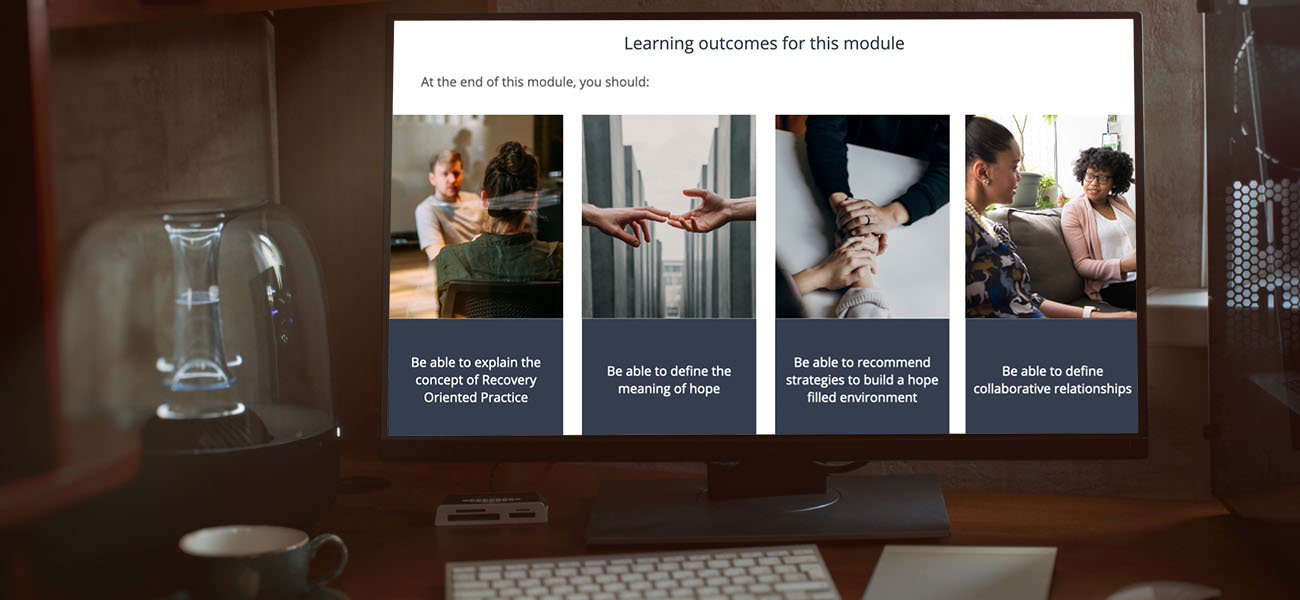
Mental health and addiction eLearning
Online mental health and addiction training for career practitioners
The Nova Scotia Career Development Association (NSCDA) together with The Learning Rooms created online mental health and addiction training for career practitioners in Nova Scotia.
About the NSCDA

The Challenge
The NSCDA wanted to support and upskill career practitioners working with clients living with mental illness and addiction. There was a need for career practitioners to adopt a recovery-oriented practice and be able to provide messages of recovery and hope to their clients. As well as this, it was important for career practitioners to understand how the community could support people living with mental illness and addiction.
The Solution
Together with the NSCDA, The Learning Rooms developed a learning plan that looks at addiction and mental health through the lens of recovery-oriented practice. The eight module learning plan is designed to:
- Support clients who disclose mental illness and addiction
- Change beliefs that limit opportunities for people living with mental illness and addiction
- Build awareness of recovery-oriented practices and those that support economic inclusion
- Build knowledge to better serve clients
- Connect the Department of Community Services to best practice resources.
Employment Support Services (ESS) workers will be assigned a final module that relates specifically to their role, responsibilities, and experience. Similarly, intake workers will be assigned a final module specific to theirs.




